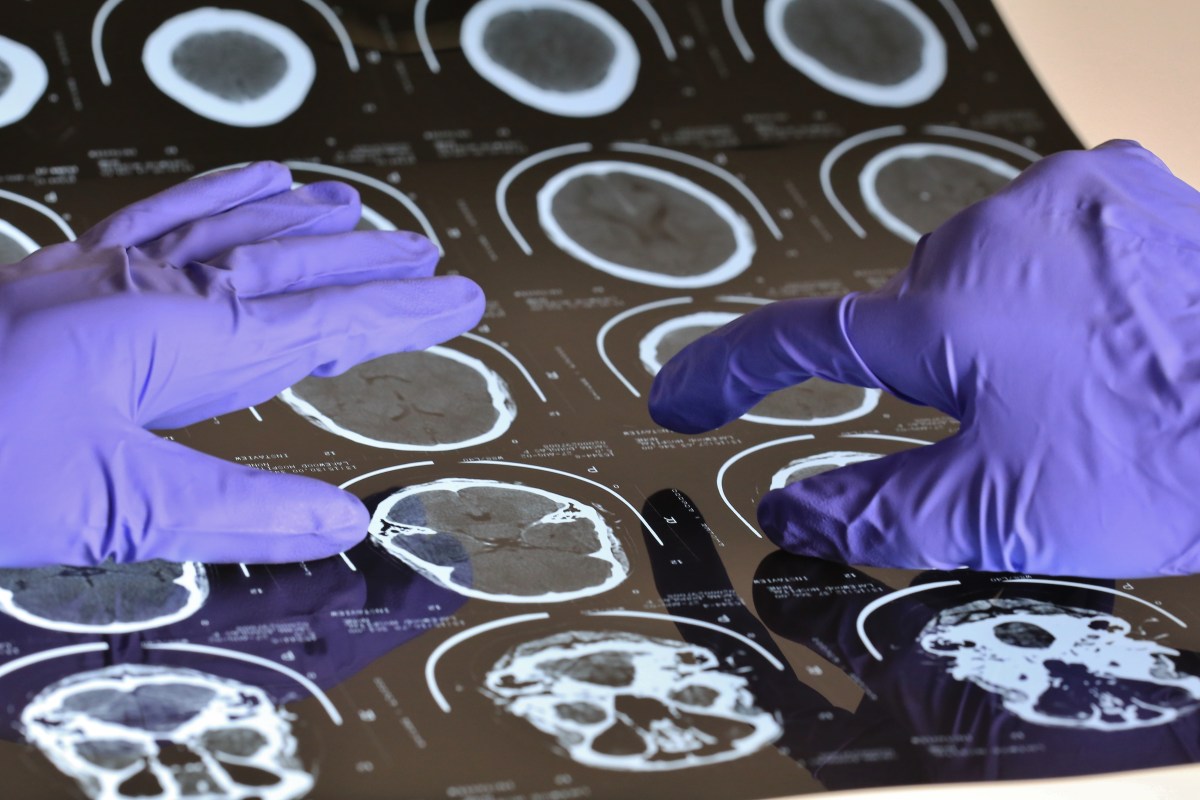Pain has long been a problem for scientists because it manifests itself in unique and specific ways to each person feeling it. Pain is also a notoriously hard experience to convey accurately and objectively to others. But over the past two decades, a small number of scientists have figured out ways to capture the experience in quantifiable, objective data. A scientist named Irene Tracey, who directs Oxford University’s Nuffield Department of Clinical Neurosciences, has become known as the “Queen of Pain.” She has scanned several thousand people, healthy and sick, while subjecting them to burns, pokes, prods and electric shocks. In doing so, Tracey has pioneered experimental methods to survey the neural landscape of pain.
Recently, her work has expanded from the study of “normal” pain, like a stubbed toe or burned tongue that could happen any day, to the realm of chronic pain. Thanks to Tracey, we now have a better understanding of the outer realms of pain, which could help with diagnosis and treatment of serious diseases.
Thanks for reading InsideHook. Sign up for our daily newsletter and be in the know.


















